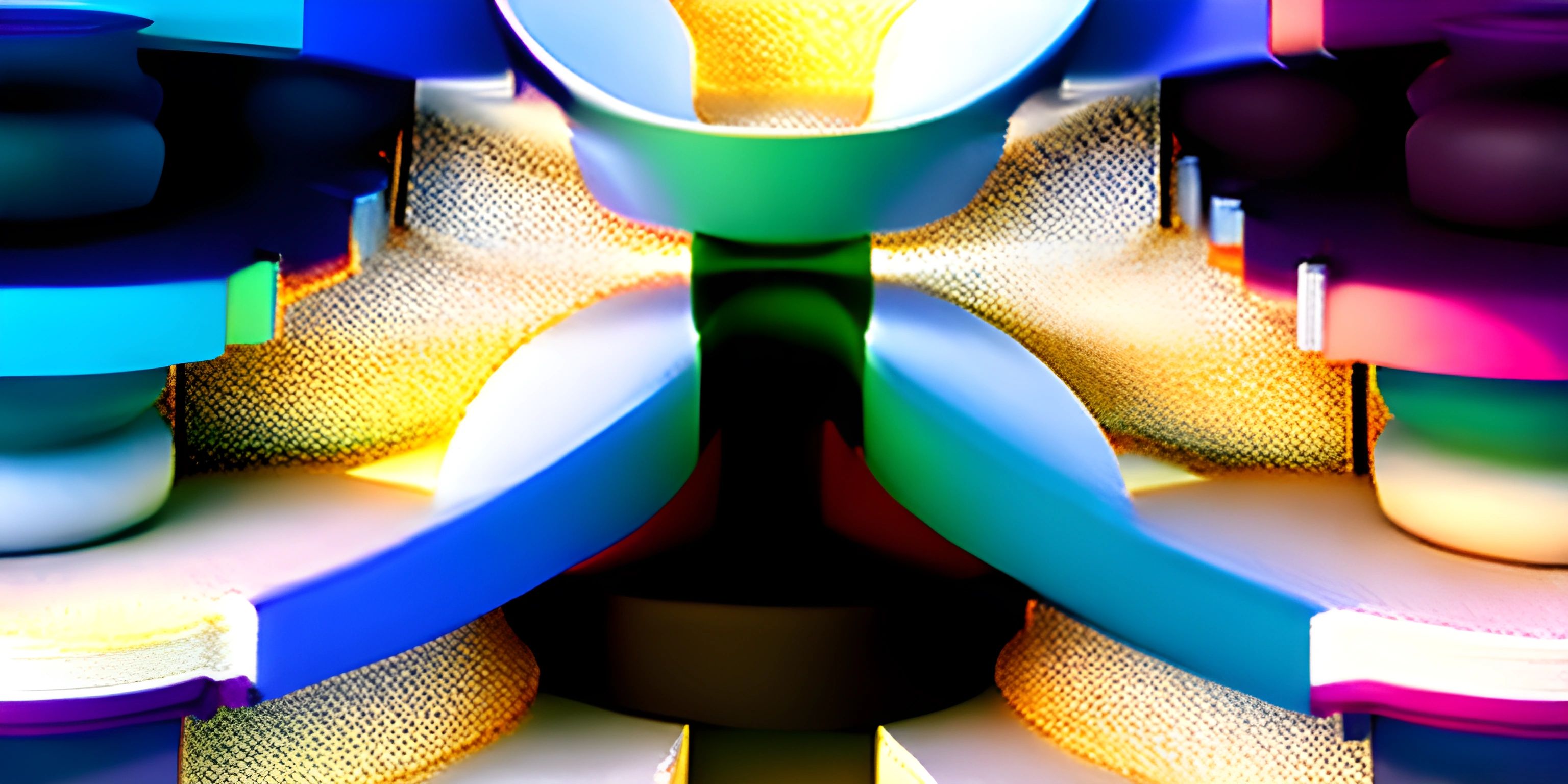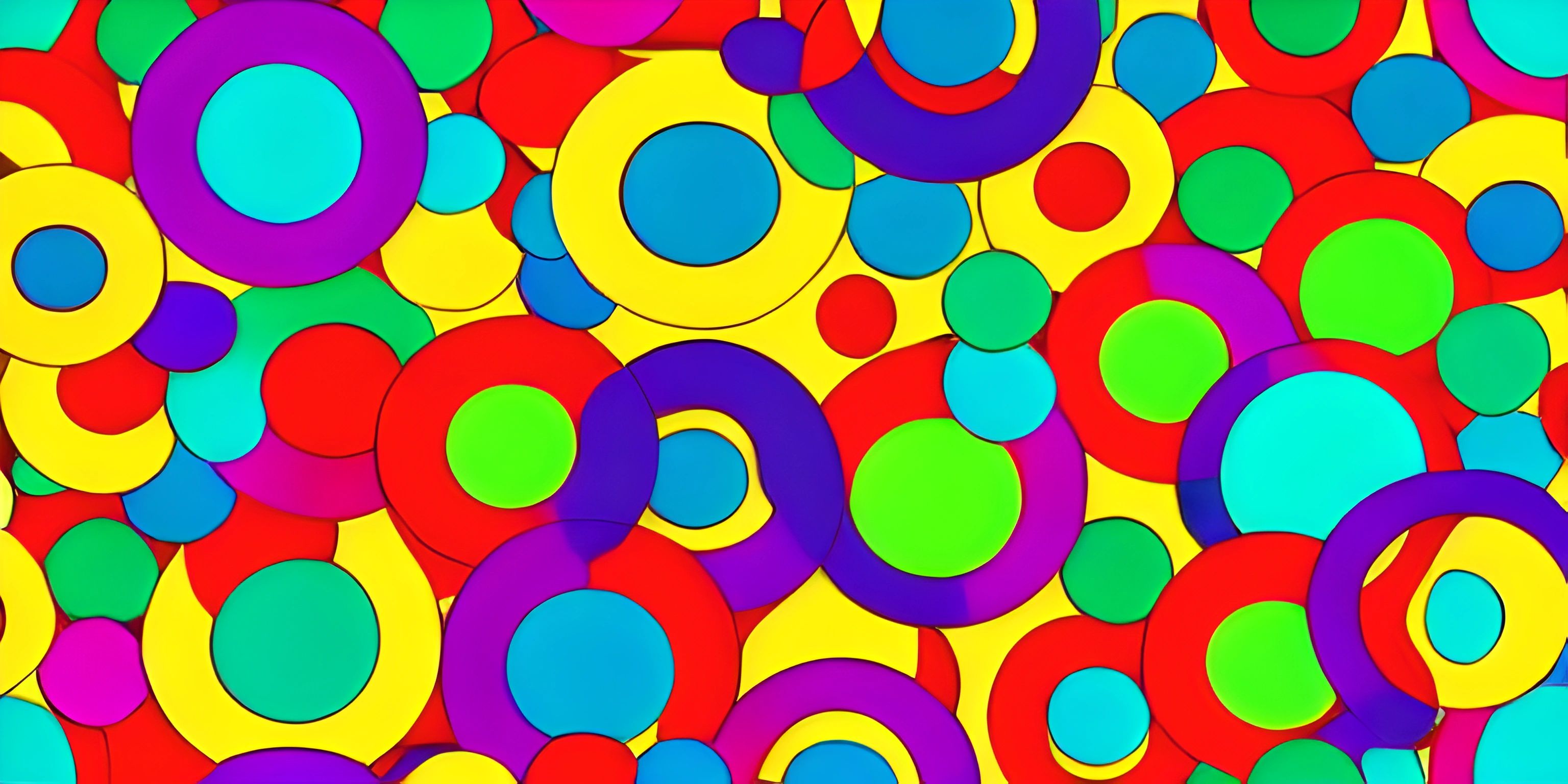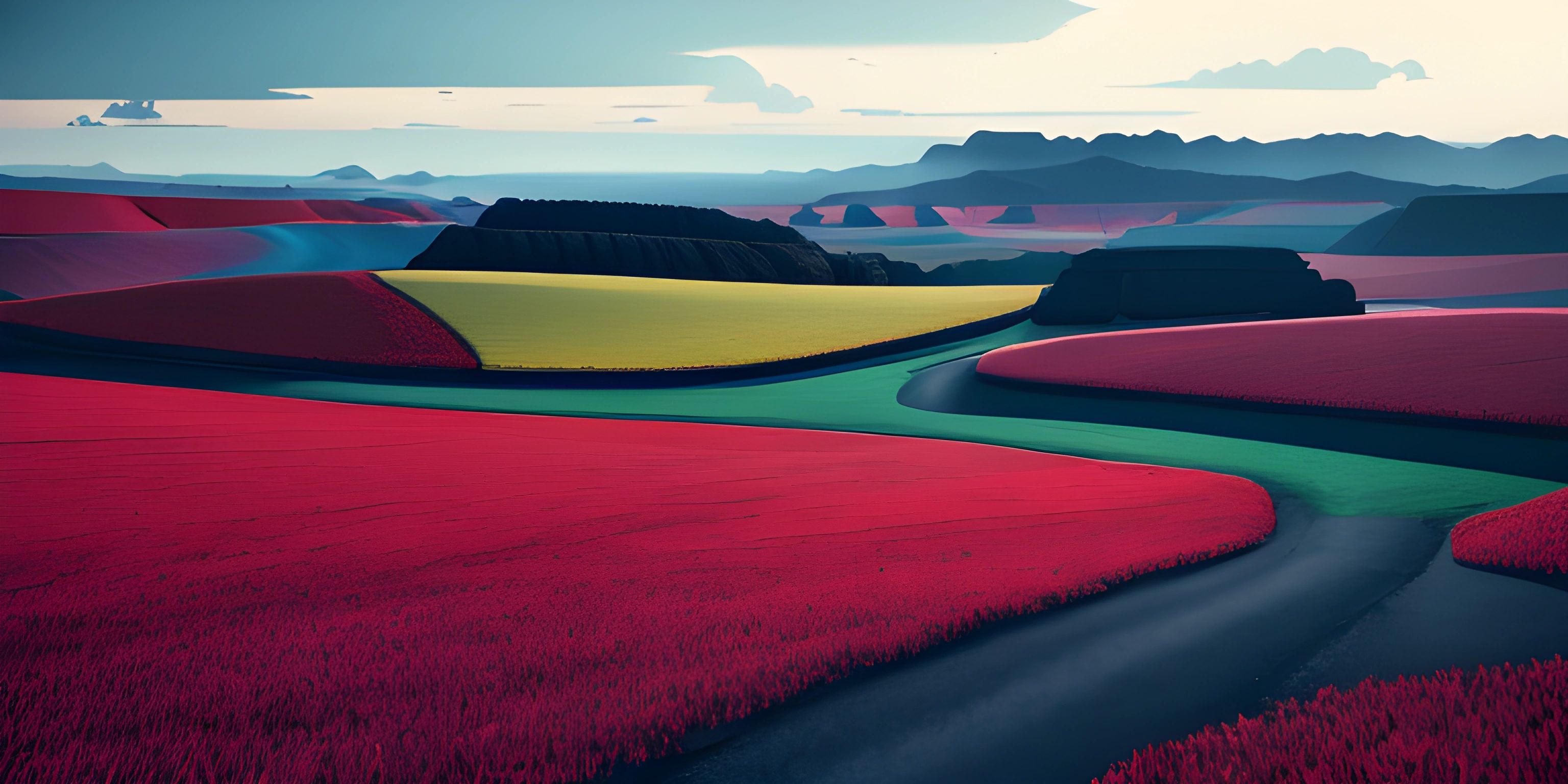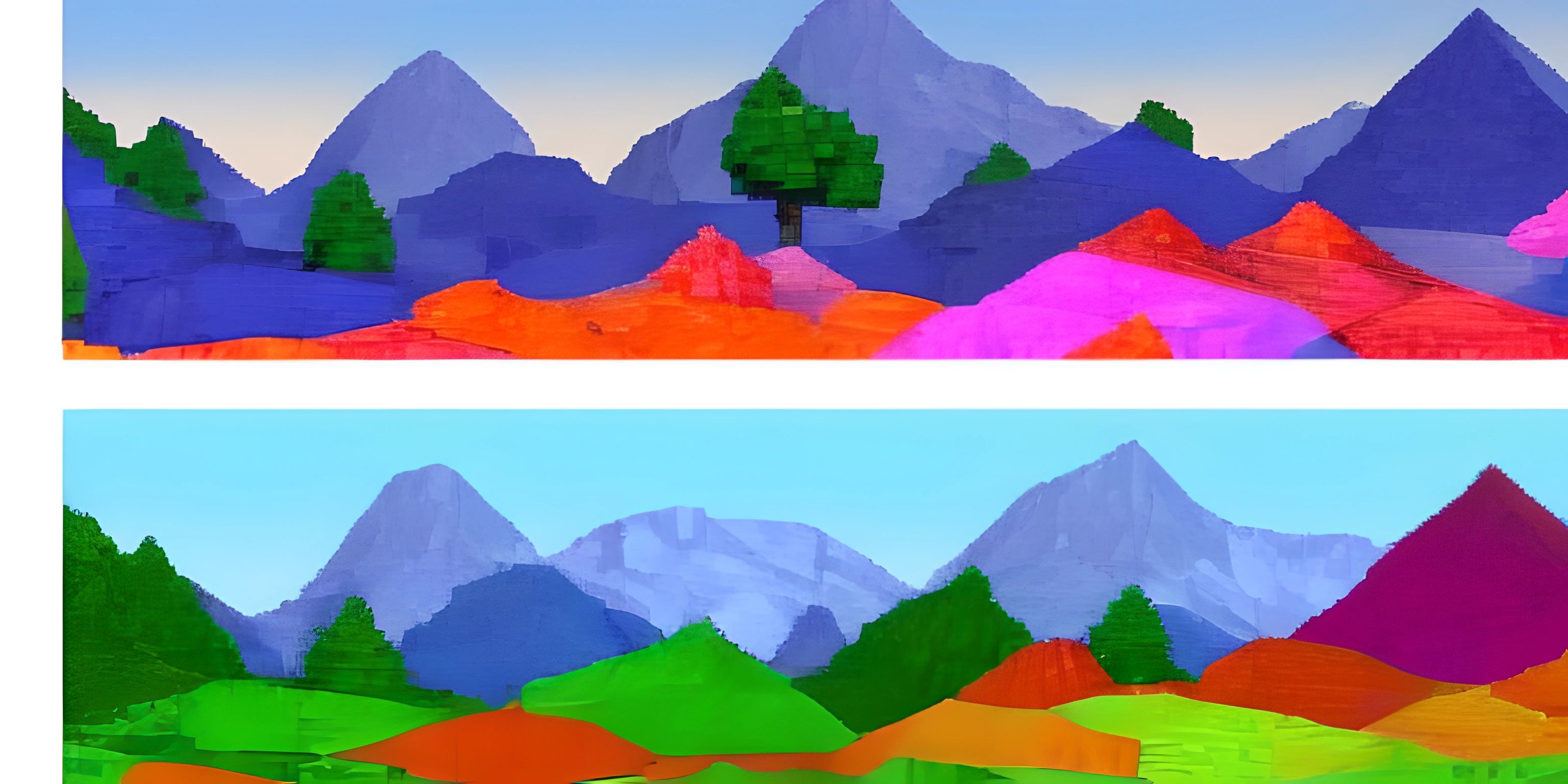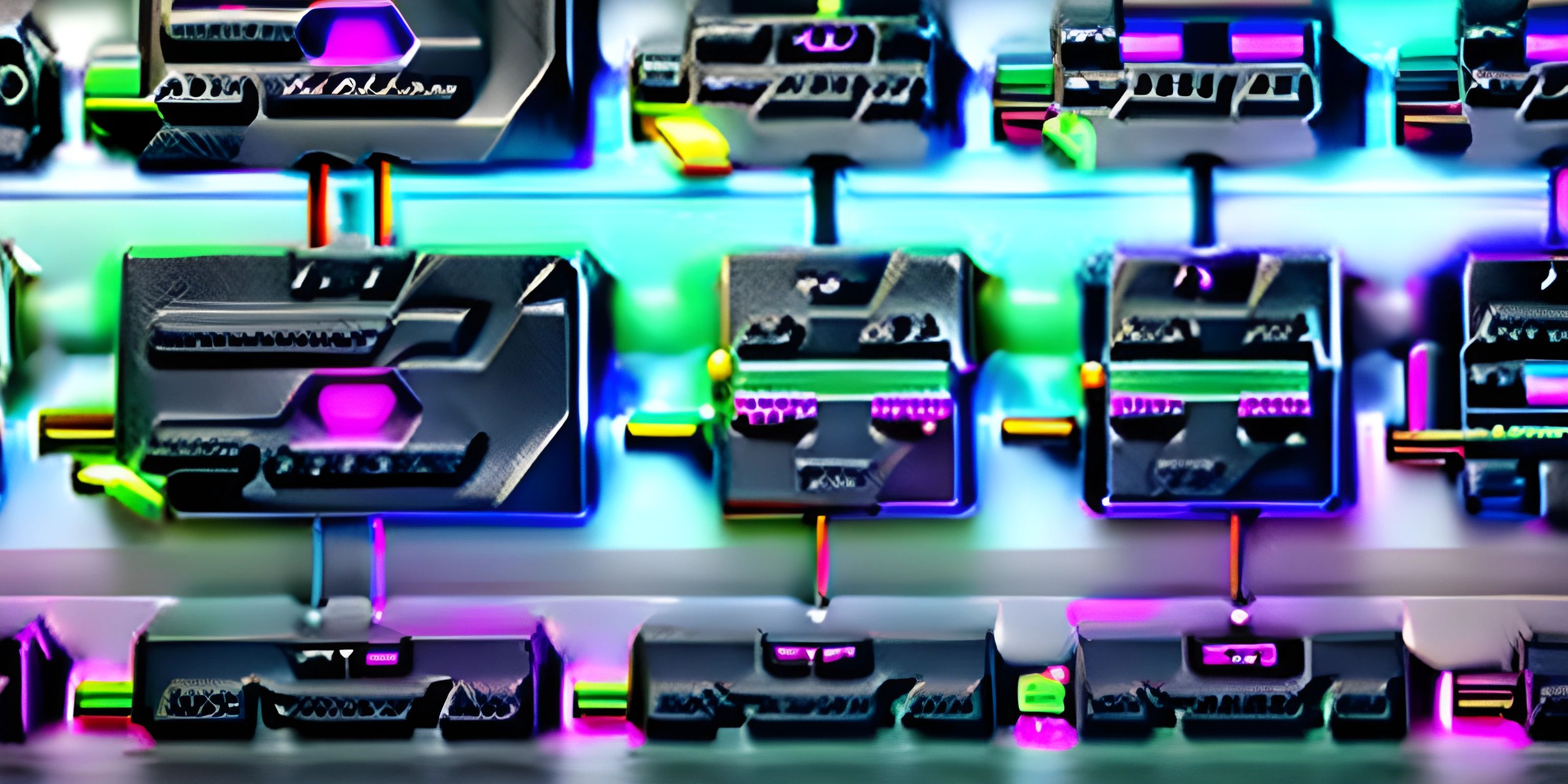Understanding the RGB Color Model
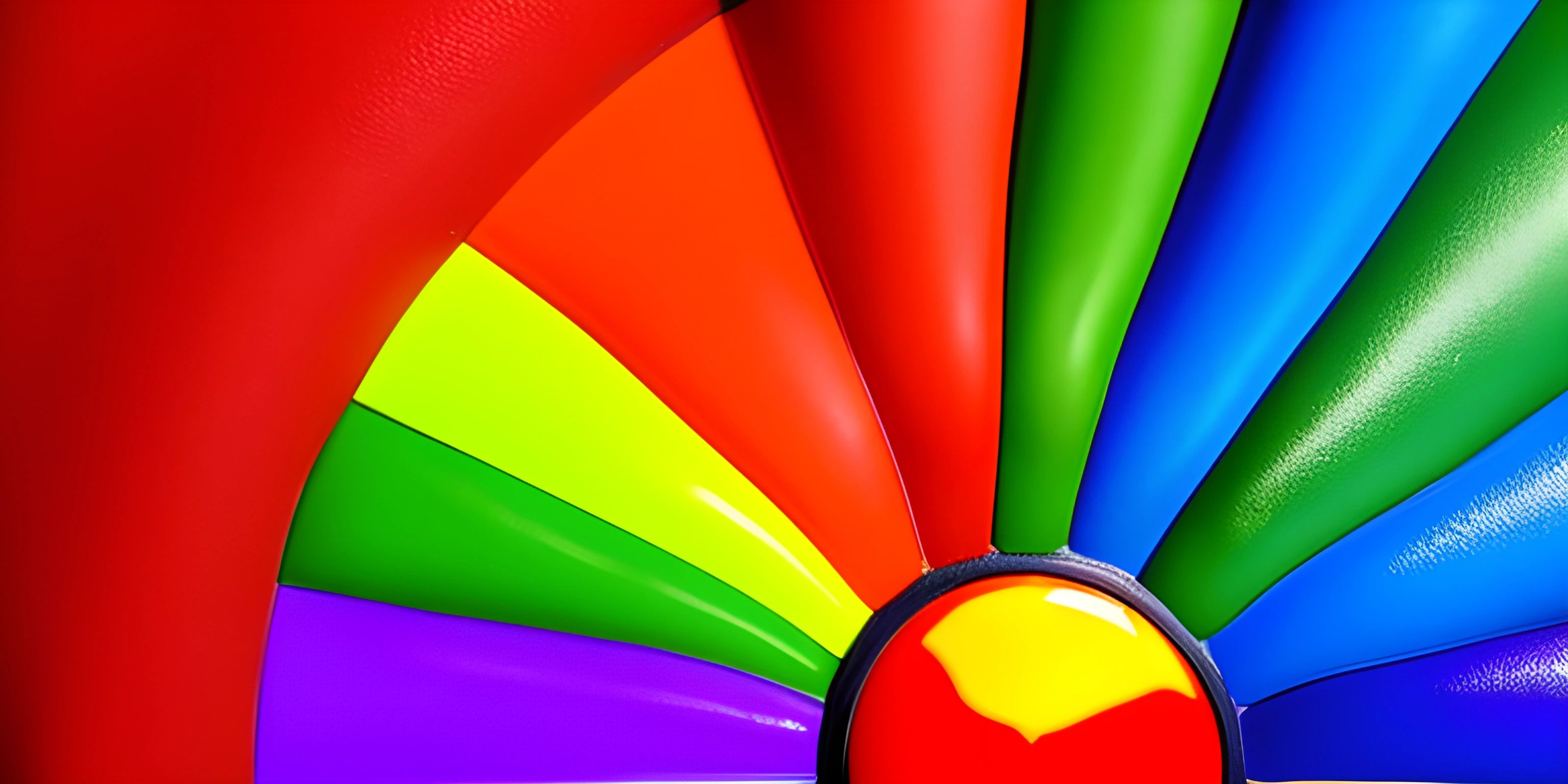
Note: this page has been created with the use of AI. Please take caution, and note that the content of this page does not necessarily reflect the opinion of Cratecode.
Pull up a chair, because we're about to dive into the colorful world of the RGB color model. Don't worry, it's not a Picasso painting; it's all about how colors are represented in computer systems. Intriguing, right? Let's get started!
What is RGB?
RGB stands for Red, Green, and Blue, which are the primary colors in this model. It's like the secret sauce of most digital displays, from your laptop screen to your smartphone. It's also a popular way to represent colors in web design and coding.
How does RGB Work?
Here's the deal: each color in the RGB model is an additive color. What does that mean? Imagine you're in a dark room (spooky, I know), and you have three flashlights, one red, one green, and one blue. You shine the red flashlight on the wall, and the wall appears red. Simple enough, right?
Now, let's add the green flashlight to the mix. The area where the lights overlap will appear yellow. This is additive color mixing. The same principle applies when you combine red and blue to get magenta, and green and blue to get cyan. When all three lights are combined, you get white light.
In RGB, colors are represented by three numbers, each ranging from 0 to 255. A color represented as (0, 0, 0) is black, and (255, 255, 255) is white. All other colors fall somewhere in between.
RGB in Coding
Let's get a bit more technical now. In HTML and CSS, colors can be represented using RGB values in the form of rgb(red, green, blue). For example, the color red would be represented as rgb(255,0,0), green as rgb(0,255,0), and blue as rgb(0,0,255).
Here's a code snippet to set the background color of a webpage to red using CSS:
body {
background-color: rgb(255,0,0);
}Pretty cool, right?
Hey there! Want to learn more? Cratecode is an online learning platform that lets you forge your own path. Click here to check out a lesson: Rust Color Mandelbrot Set (psst, it's free!).
FAQ
What does RGB stand for?
RGB stands for Red, Green, and Blue. These are the primary colors in the RGB color model used in computer systems to represent colors.
How is color represented in the RGB model?
In the RGB model, colors are represented by three numbers, each ranging from 0 to 255. Each number corresponds to the intensity of the red, green, and blue components of the color. So, a color represented as (0, 0, 0) is black, and (255, 255, 255) is white.
How can I use RGB in web design?
In HTML and CSS, colors can be represented using RGB values in the form of rgb(red, green, blue). For example, the color red would be represented as rgb(255,0,0), green as rgb(0,255,0), and blue as rgb(0,0,255). This can be used to set the color of various elements on a webpage, such as the background color, text color, and more.
What is additive color mixing?
Additive color mixing is the process of creating new colors by combining different amounts of red, green, and blue light. When all three colors of light are combined at full intensity, the resulting color is white. When none of the colors of light are present, the resulting color is black.
Is RGB the only color model used in computers?
No, RGB is not the only color model used in computers. Other models include CMYK (used for print), HSV (used in color pickers), and more. However, RGB is one of the most commonly used models, especially for digital displays and web design.

